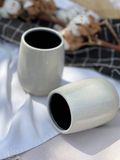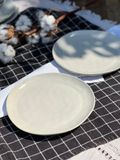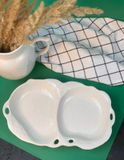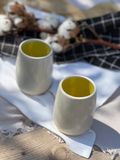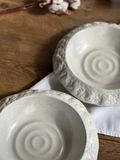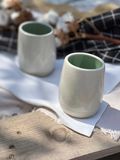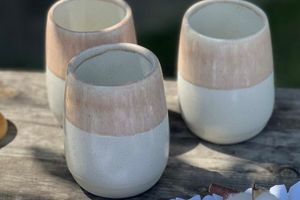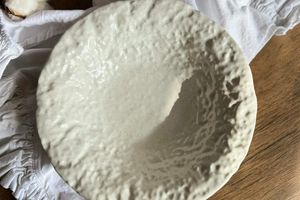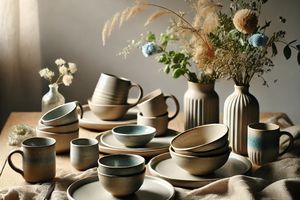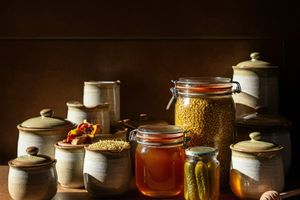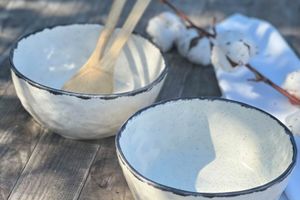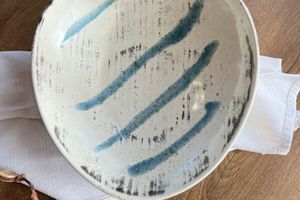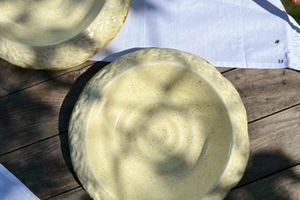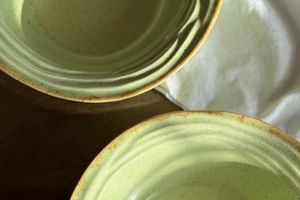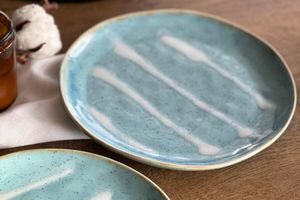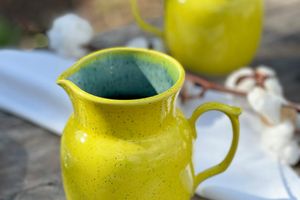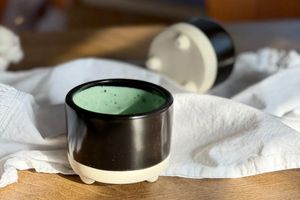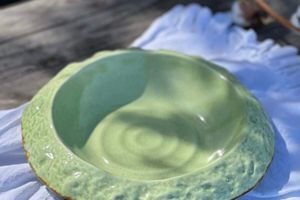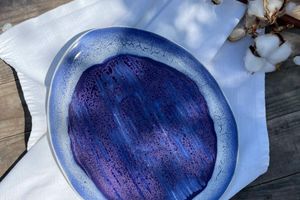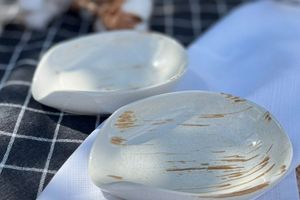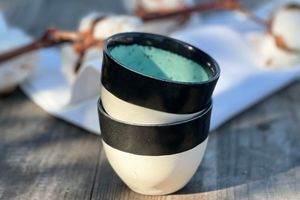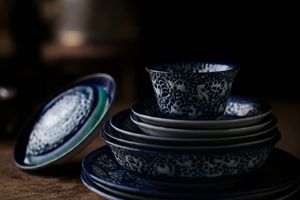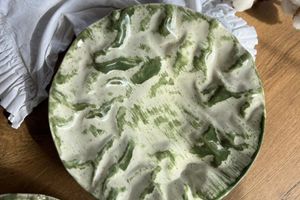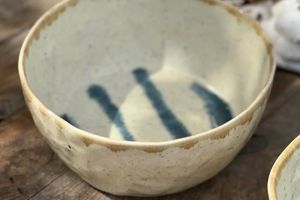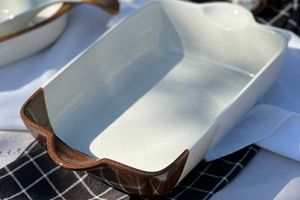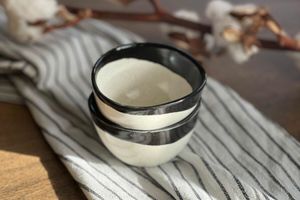Ceramics and Emotional Comfort: How Tableware Influences the Atmosphere at the Table 🍽️✨
Tableware is more than just a functional element of serving; it can create a special atmosphere and even affect our mood during meals. Imagine a beautiful ceramic plate that retains the warm hues of clay with slight imperfections felt under your fingers. Such tableware helps make each dish special, adding a sense of coziness and even a touch of inspiration. In this blog, we’ll explore how choosing tableware impacts the dining atmosphere and discover interesting facts about its psychological influence.
Ceramics as a Symbol of Warmth and Harmony 🌿
Ceramics is one of the oldest materials used for tableware, with origins tracing back to ancient civilizations like Egypt and Sumer, where ceramics symbolized unity with nature and provided a source of comfort. Traditional clay shades, from soft beige to terracotta, add warmth and natural beauty, reminding us of the earth and creating a unique connection with the surrounding world.
Interesting: Archaeologists have found ceramic tableware in ancient tombs, indicating how important ceramics was to our ancestors and the special place it held in their lives.
Texture and Emotional Comfort: Why Ceramics Feels Good to Touch 🤲
Ceramics has a pleasant texture that offers tactile satisfaction. The smoothness of glazed surfaces or subtle matte finishes makes each touch enjoyable. Additionally, ceramics retains heat well, keeping beverages and food at an optimal temperature. Holding a warm ceramic mug filled with tea or coffee adds a comforting sensation of warmth.
History: In Japanese tea ceremonies, ceramic tableware is carefully chosen for its texture and shape, as every detail influences the tea experience. The tableware isn’t meant to be perfect — slight imperfections make it lively and natural.
Color and Shape: How Tableware Influences Mood 🎨
The color palette and shape of ceramic tableware can significantly impact the dining atmosphere. Warm shades like beige, terracotta, and soft brown create a cozy feel, while light tones add brightness, ideal for a breakfast setting. Rich colors like deep green or burgundy bring elegance, perfect for dinner.
Fact: Studies show that food looks more appetizing on naturally soft-colored plates, like beige or cream. This can improve appetite and make the dining experience more enjoyable.
How Tableware Choices Can Enhance Dining Experiences 🍲
Ceramic tableware can make meals more relaxing and enjoyable. It doesn’t reflect light like glass or give a cold impression like metal, making it ideal for cozy dinners. Ceramics creates an atmosphere where people can relax and enjoy their food and company.
Example: In an Australian café focused on coziness, tableware is made from local clay, with plates decorated by hand. The owners noticed that customers appreciate the welcoming ambiance, which helps them feel at home.
Perception Psychology and the Taste of Food: Does Tableware Matter? 🍛
Studies show that tableware affects how we perceive the taste of food. People who eat from ceramic plates often report that flavors feel richer and more enjoyable, as ceramics doesn’t add any residual flavors, allowing a focus on the food’s taste.
Fact: The University of Oxford conducted an experiment where participants tasted chocolate mousse from various textured plates. Results indicated that mousse tasted better from ceramic plates.
Conclusion
Ceramic tableware is more than just a serving element; it’s a tool for creating emotional comfort at the table. Its warm colors, natural texture, and heat retention make every meal special. Choosing ceramics for table settings can enhance the dining atmosphere, adding warmth, comfort, and harmony.





